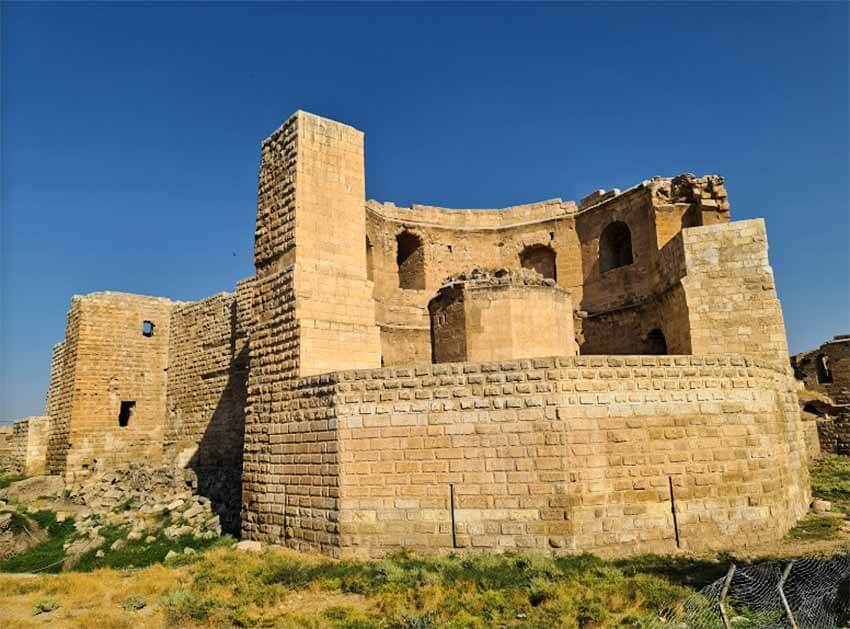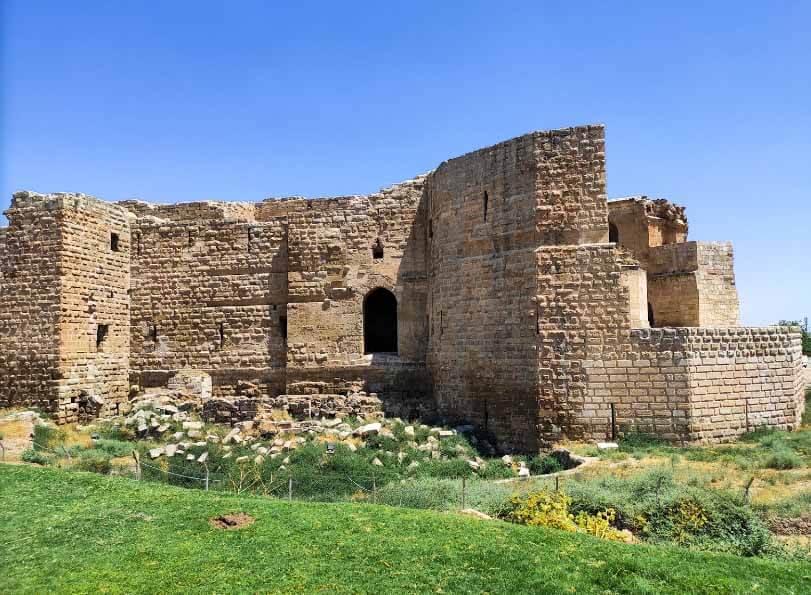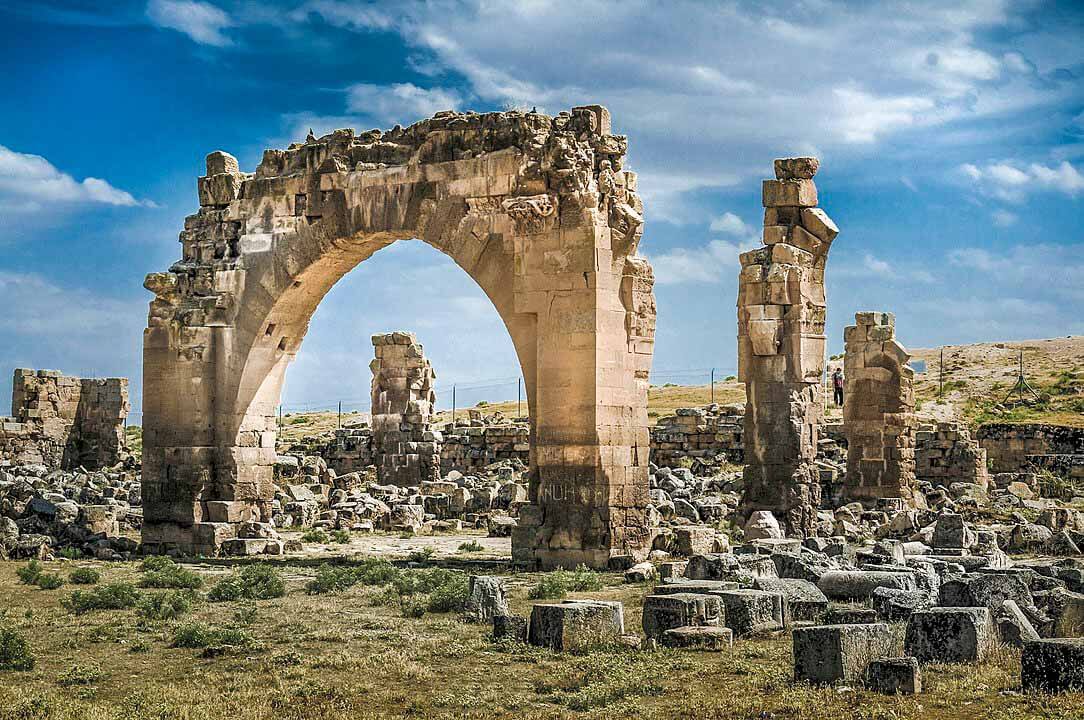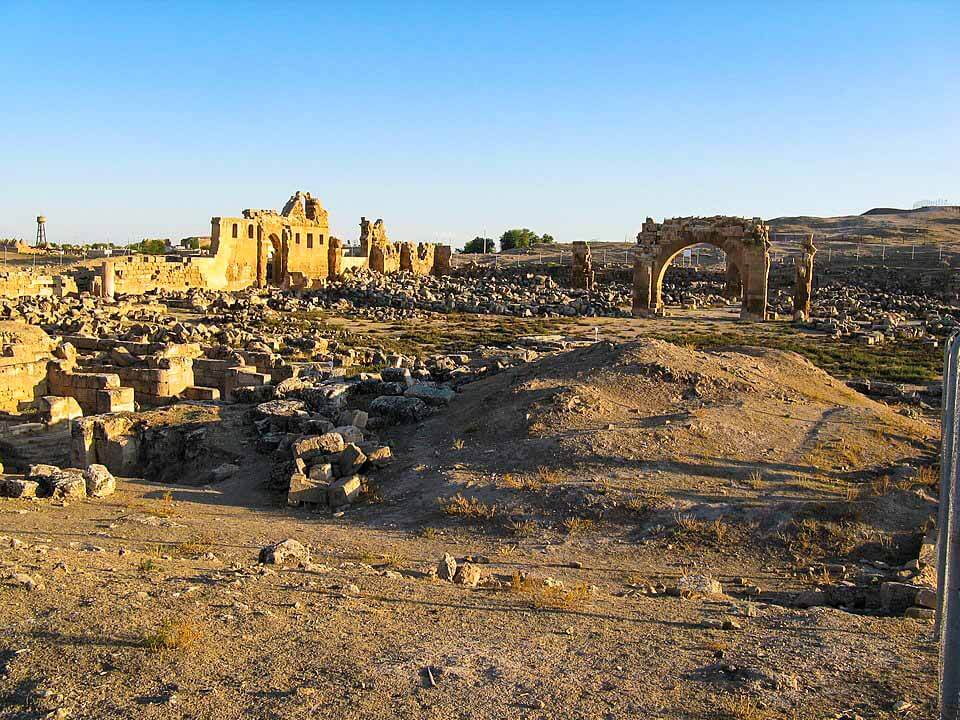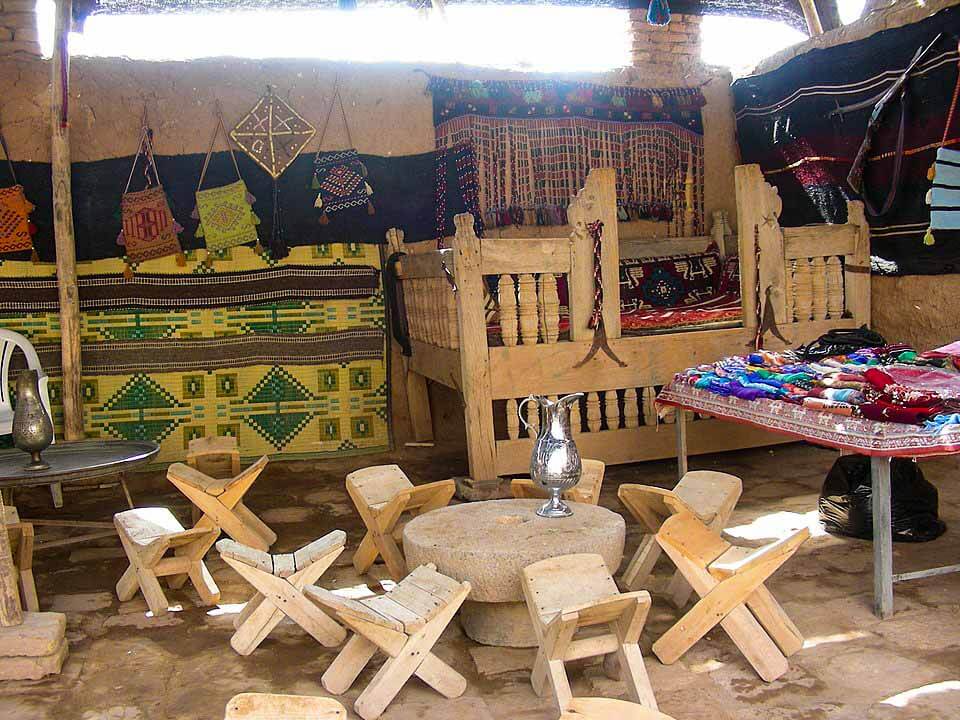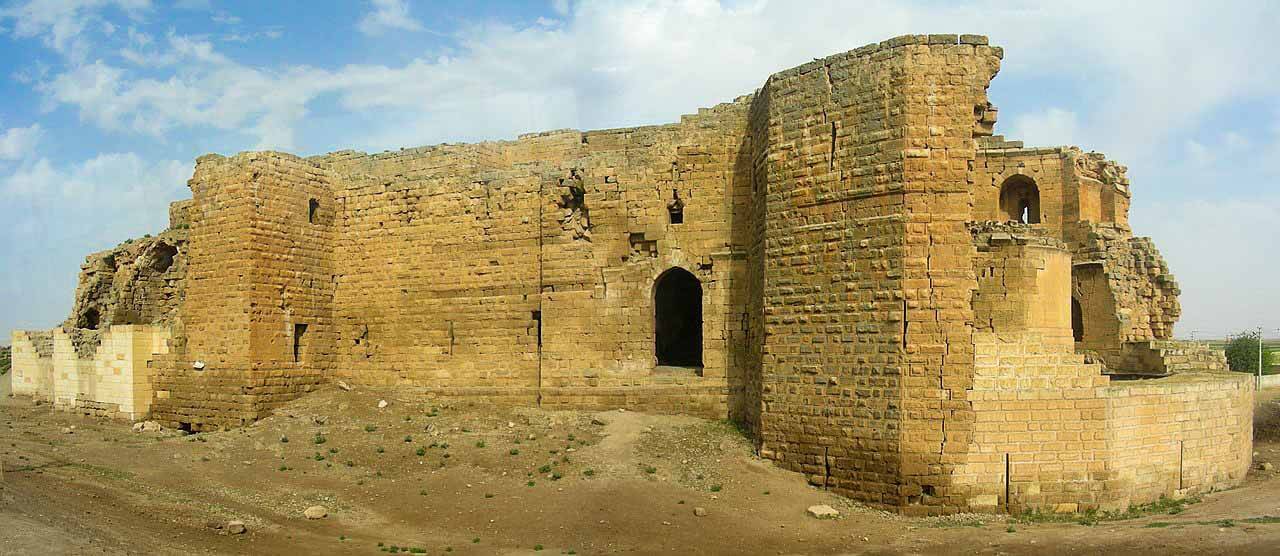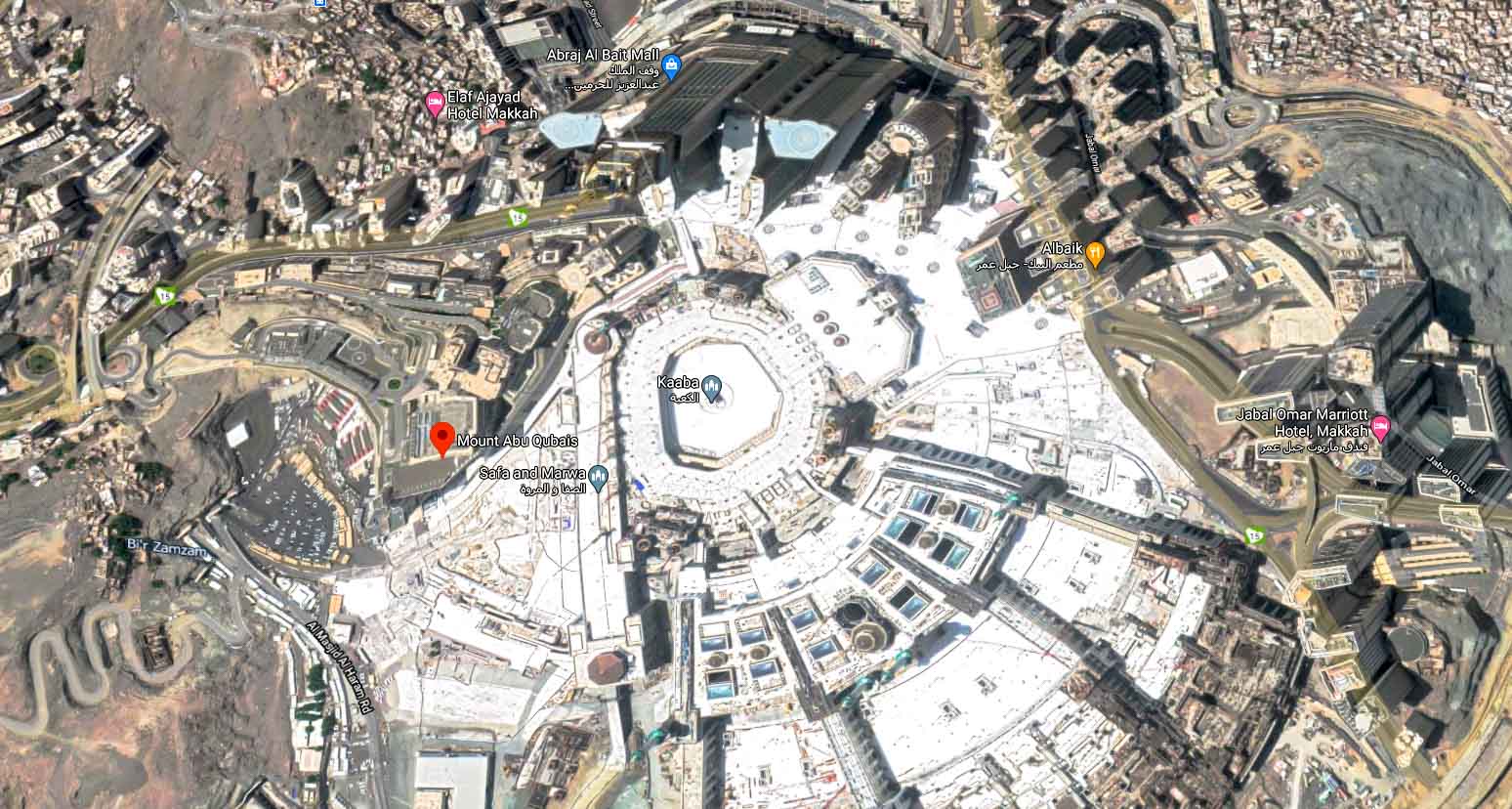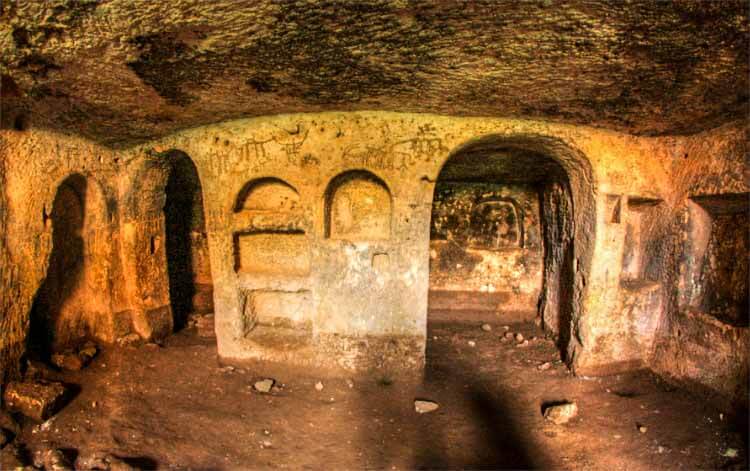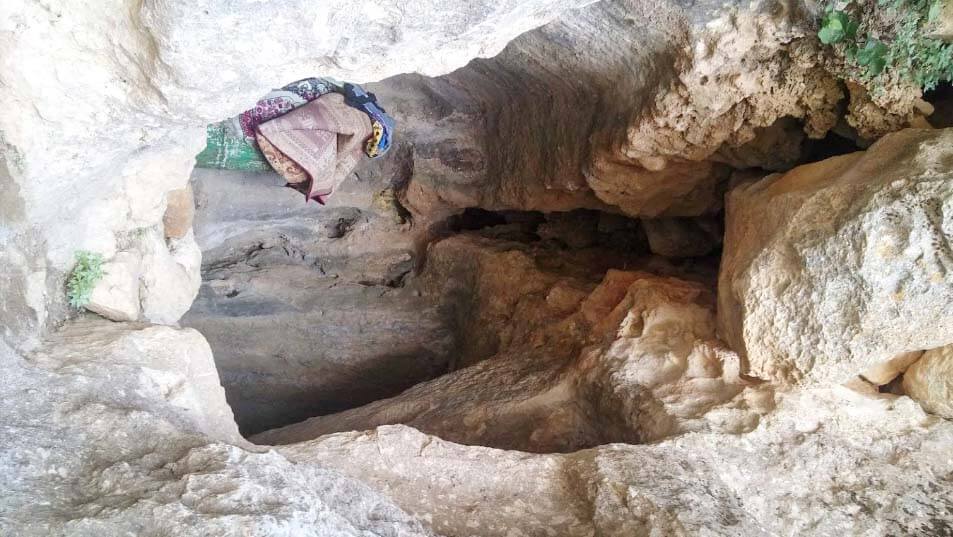Harran, Turkey
Coordinates: 36.859792, 39.035452
Haran is a place mentioned in the Hebrew Bible. Haran is almost universally identified with Harran, a city whose ruins lie within present-day Turkey.
Haran is said to be the temporary home of Hz. Ibrahim عليه اسلام.
Haran was a place where (ac to jewish sources) Hz. Ibrahim عليه اسلام settled with his tribe, his father, his nephew Hz. Lut عليه اسلام, all of them are said to be the descendants of Hz. Shem عليه اسلام, during their planned journey city of Ur to Palestine.
It is also said that Hz. Ibrahim عليه اسلام lived there until he was 75 years old before continuing on to Palestine, in response to the command of Allah.
His nephew Hz. Lut عليه اسلام accompanied him to Palestine.
Present Location
Haran is usually identified with Harran, now a village of Şanlıurfa, Turkey.
Excavations have confirmed that the site was settled in the 3rd millennium BC, and clay tablets dating from the 18th century BC mention the town and other neighboring settlements, which frequently bear the names of Hz. Ibrahim’s عليه اسلام relatives.
Ruins of oldest Islamic University
It is said that the remains of the world’s first Islamic university, Ulu Camii are here, and the tourists come flocking across the plains to see what’s left.
The Umayyad caliph Marwan II resided in Harran from AD 744 to 750, and he is thought to have established the Ulu Camii and the oldest Islamic university here. A Mongol invasion in 1260 destroyed the town, and it did not recover until the Ottomans gained control in 1516.
Present
Due to its position, near the border with Syria, Harran is also home to a distinct culture that takes more of its influence from Syrian Arab traditions.
Locals here speak Arabic, as well as Turkish, and their mud-brick architecture can also be found across the border in Syria’s northeastHisto
Note: Some of the information in this article comes from Jewish historians.

